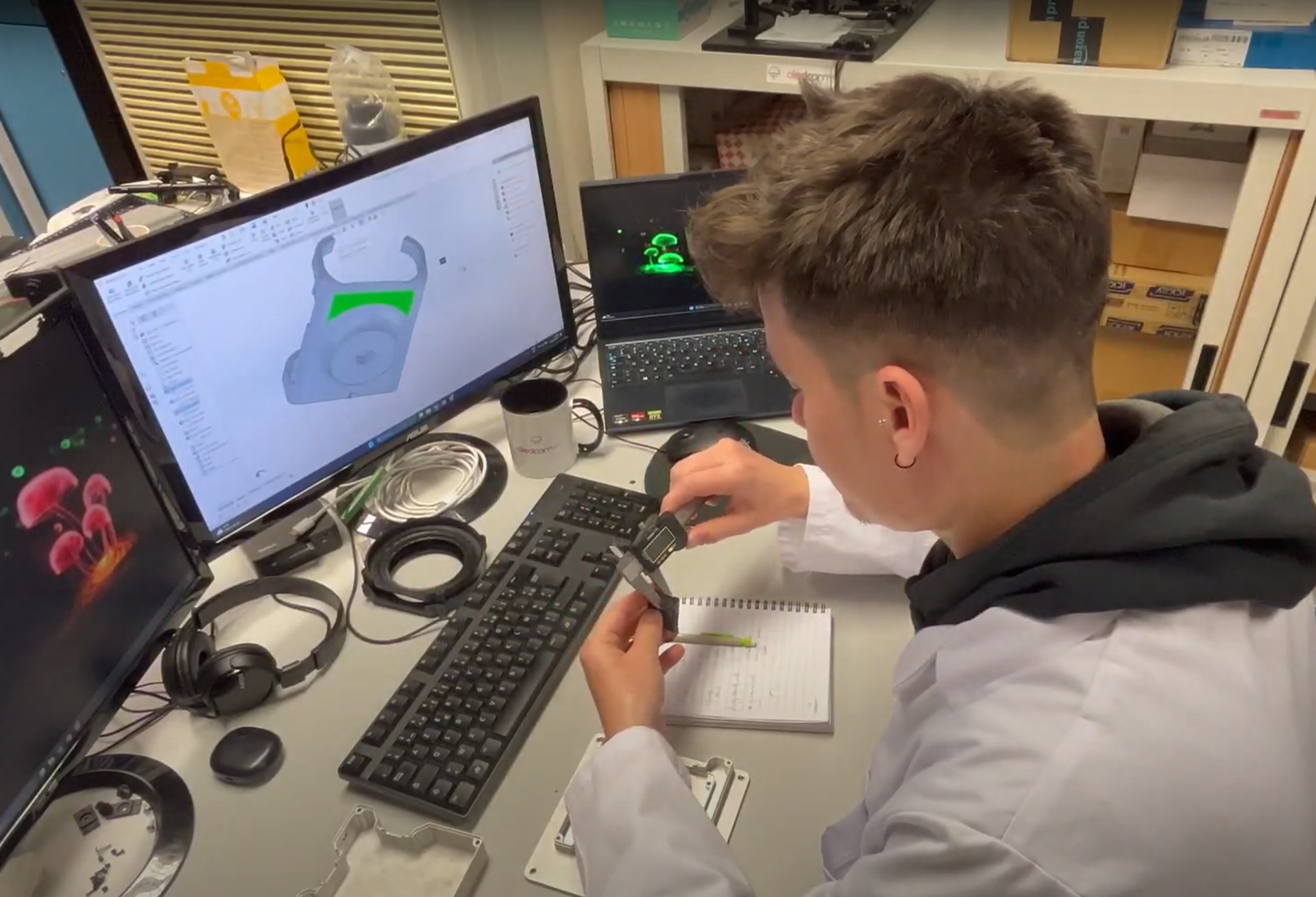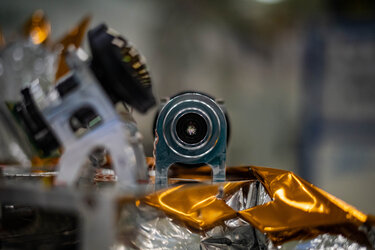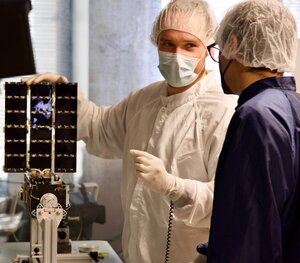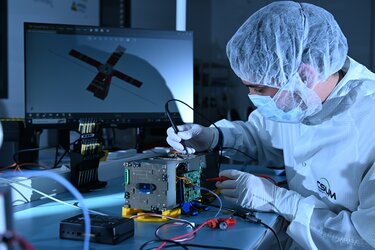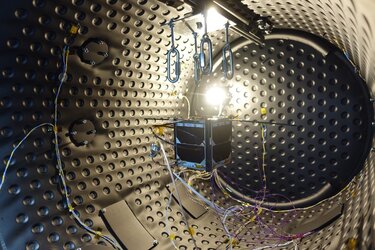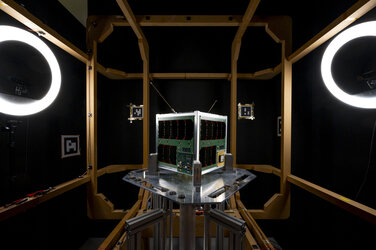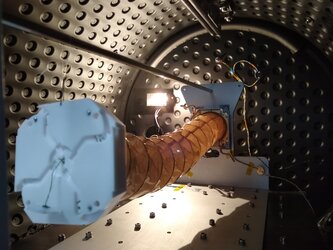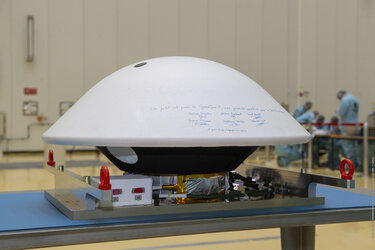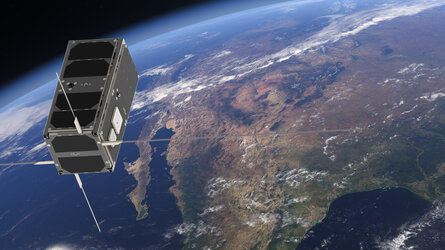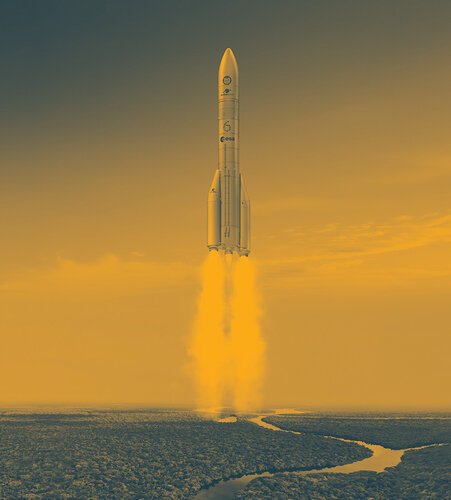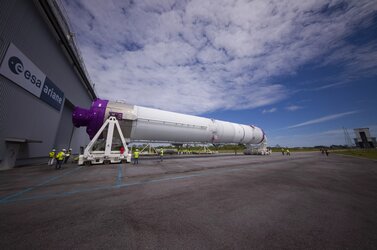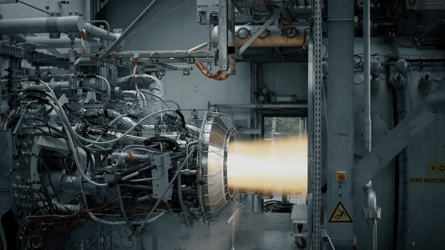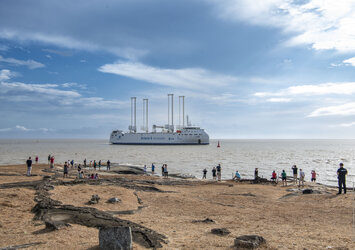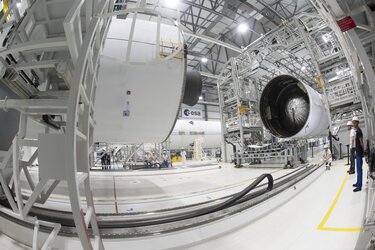Ariane 6 launches LIFI: light-speed secure communications
In brief
Europe’s newest rocket soon launches, taking with it many space missions each with a unique objective, destination and team at home, cheering them on. Whether launching new satellites to look back and study Earth, peer out to deep space or test important new technologies in orbit, Ariane 6’s first flight will showcase the versatility and flexibility of this impressive, heavy-lift launcher. Read on for all about LIFI, then see who else is flying first.
In-depth
As well as CubeSats and reentry capsules, Ariane 6 will launch four onboard experiments that will carry out research during the rocket’s flight, ending their mission as the rocket does. LIFI is one of them, a new technology experiment from French company Oledcomm, a spinoff from Paris-Saclay University.

Wi-Fi (‘Wireless Fidelity’) uses radio waves to send data without wires, providing wireless internet and network connections. Li-Fi (‘Light Fidelity’) does the same using light, that for certain applications may offer greater security, higher bandwidth, lower cost and power consumption compared to using Wi-Fi.
“LEDs can switch on and off several million times a second. Using the invisible spectrum of light in the infrared, Oledcomm converts information into binary data, like optical Morse code. This modulation occurs so quickly, more than 10 million times a second, that the eye cannot perceive it. Our experiment will confirm that this technology can also be used under space conditions."
For space missions, Li-Fi technology allows for ultra-secure and interference-free wireless connection, and significant weight savings by eliminating radiation-resistant space-grade cables. It is an important step forward too for intra-satellite communications – i.e. the exchange of information between different subsystems within a single satellite. Ariane 6, during its first launch set for early July, will be the first rocket to integrate Li-Fi technology.

The 40 x 60 x 16 mm LIFI experiment consists of two ‘SatelLiFe’ modules 80 cm apart, fitted under the rocket's fairing, which will communicate via Li-Fi. On detection of lift-off, they will exchange data with each other, enabling the team to study the communication performance and ensure the system is robust to withstand the rigours of launch.

The LIFI experiment could simplify the process of integrating payloads onto Ariane 6 as, in the future, Li-Fi technology could be used to communicate between rocket parts instead of cables, lessening the mass onboard and therefore the amount of fuel needed, potentially having an impact on the associated carbon footprint.
“The LIFI experiment onboard Ariane 6 will be a world first as it will be the first time that Li-Fi technology has been embedded in a space launcher, enabling us to demonstrate the robustness of Li-Fi systems and plan for future integration onto other missions, rockets, satellites and spacecraft,” explains Benjamin Azoulay, CEO (Chief Executive Officer) of Oledcomm.

“This is an incredible opportunity offered to us by ArianeGroup and ESA, whom we would like to thank. Beyond the visibility of being part of Ariane 6’s first launch, which is going to be enormous, with the technical support from ArianeGroup teams we have increased our skills in various areas. We are happy to be part of the adventure and hope it will be a success.”
Europe's new heavy-lift rocket has been designed for all futures, and at its core is maximum versatility. Ariane 6 can put any satellite or payload into any orbital path. This is made possible with the new restartable Vinci engine that will power up the Ariane 6 upper stage repeatedly, stopping and starting to insert spacecraft into any orbit they need to be.
“Over and above the excitement and pleasure I have had in carrying out this project, it is almost a childhood dream that I am realising: working for the European launcher Ariane 6! What an opportunity,” concludes Oledcomm’s Maxime L’huillier, responsible for developing the software for the LIFI demonstrator. “I now hope that this is just the beginning of Li-Fi communication within the Ariane 6 launcher, and that I'll be lucky enough to experience many more launches into orbit.”















 Germany
Germany
 Austria
Austria
 Belgium
Belgium
 Denmark
Denmark
 Spain
Spain
 Estonia
Estonia
 Finland
Finland
 France
France
 Greece
Greece
 Hungary
Hungary
 Ireland
Ireland
 Italy
Italy
 Luxembourg
Luxembourg
 Norway
Norway
 The Netherlands
The Netherlands
 Poland
Poland
 Portugal
Portugal
 Czechia
Czechia
 Romania
Romania
 United Kingdom
United Kingdom
 Slovenia
Slovenia
 Sweden
Sweden
 Switzerland
Switzerland


























